Quantib
The SME leading the way into the future of radiology
Rudolf Scholte is the COO of Quantib BV, a company of “young and passionate people dedicated to advancing healthcare by writing awesome algorithms”, as stated on their website, that he and professor Wiro Niessen of the Erasmus Medical Center in Rotterdam co-founded in 2012. With over 25 years of management experience in the healthcare industry, he has spent the last ten years focusing on building innovative start-ups.
Quantib began life as a spin-off from the Erasmus University that houses the Biomedical Imaging Group Rotterdam led by Wiro Niessen that researches the application of new technological innovations for medical imaging analysis. “The unique thing about this,” Rudolf points out, “is that the Erasmus University does not have a specific physics or computer science department and as such is forced to internalise these skills within its medical centre where the physicists, mathematicians and computer sciences among its staff there are geared to medical imaging analysis.” A major reason for the group’s success is that it is actually housed inside the medical centre, working together with radiologists, neurologists and other specialists. This means that the developments are really focused on the clinic’s needs. “Just imagine the benefits of sharing all that knowledge, next to the coffee machine!”
AI +
When General Electric Healthcare visited the centre and saw for itself the work that was going on, it
decided to collaborate and become a launching customer for the innovative technologies that were being
created. “And so we had a substantial agreement in place to get Quantib got off the ground,” Rudolf
explains. “Looking at the company’s business, several buzzwords come to mind, such as artificial
intelligence (AI), machine learning and deep learning – these are the technologies that play a key role
in medical image analysis. We all know how AI got the better of the human world champion in Go! Well, we
use the same kind of AI to ‘win’ but with an essential add-on – a deep understanding of clinical usage
and the clinic’s underlying workflow.” The first area in which Quantib applied this was neurology and in
collaboration with GE Healthcare, Quantib™ Brain was developed, an advantage workstation (server)
plug-in that offers automated brain structure quantification in a familiar software environment. 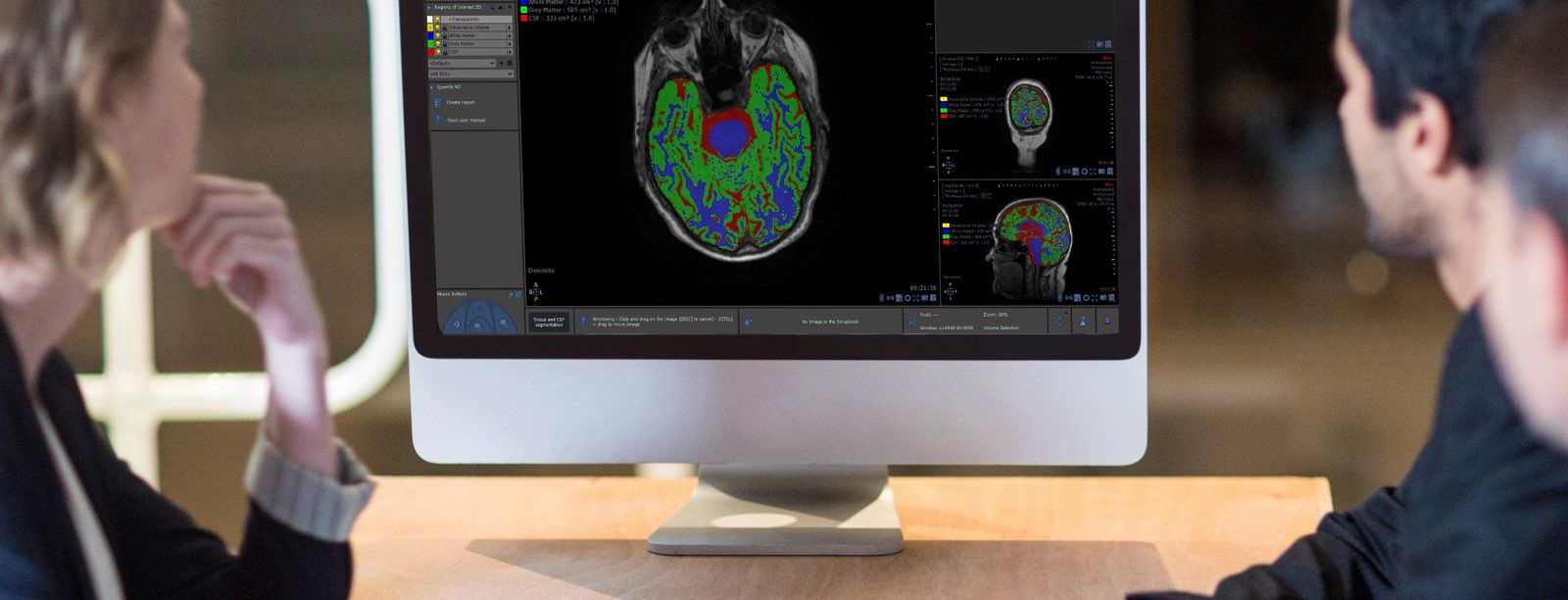
Tweak and optimise
Quantib goes further than simply medical imaging analysis – it involves the whole workflow from reading the image to diagnosing the patient. Key to this whole process is software. “Our product is software – data science. We use the software to analyse the data and try to use it in a more intelligent way. It’s not the software and algorithms that distinguish us from other high-tech companies. Where we are different,” Rudolf says, “is our deep knowledge of anatomical workflows, diagnostics and clinical processes. The innovation takes place in tweaking and optimising those algorithms so that they can be used in a vendor-neutral way. The equipment and devices in a hospital are used in various ways and generate diverse output so the difficulty lies in getting the software to work with all the different databases and machines.”
Power of collaboration
Being able to tweak and optimise is enhanced by participation in programmes like ITEA that provide an opportunity to collaborate in funded projects, with the company required to match with its own funds. Given the general lack of venture capital funding in Europe subsidies, both national and international R&D Programmes, are important in helping companies participate, particularly start-ups and SMEs. “It certainly helped us in the past,” Rudolf says, “as programmes like ITEA encourage the large companies to work with SMEs, which they may not be inclined to do otherwise. Of course, it’s a chicken-and-egg scenario. You need to prove yourself, but you also need the opportunity to do that.” This is something Quantib did in the very successful ITEA project BENEFIT in collaboration with Philips, among others, where we assisted with the delivery of a superior ‘Organ-at-risk’ determination for brain tumour treatments. Quantib is also involved in the current ITEA STARLIT project, collaborating with partners including Philips and Elekta to develop novel technologies in radiation oncology to improve the quality of life for cancer survivors by using real-time MRI imaging in order to improve treatment accuracy and minimise healthy tissue doses. A future ITEA project, IMPACT, led by Philips, will see Quantib help enable the shift from evidence-based to intelligence-based healthcare, promoting automatic data collection and artificial intelligence throughout the complete clinical pathway.
Adding value to clinics
“Funding is a vital ingredient, there’s no denying that,” Rudolf admits. Quantib recently secured significant fresh funding from Holland Venture and InnovationQuarter to enable the company to scale up its international expansion ambitions and establish new partnerships with leading international academic hospitals. “But let me make one thing clear,” Rudolf stresses, “it’s not about the money. It’s about adding value to clinics. That’s a key criterion for selecting people – they must be committed to this goal. There is so much work that has to be done in that area, and that is our primary motivation. Our first commercial product targets better diagnosis of neurodegenerative diseases – everyone knows that Alzheimer’s is a tremendous societal challenge, with millions of people and their families affected. We currently lack a suitable therapy. That all starts with developing an effective drug, which means selecting the right kind of drug for development, and we can help by analysing the images in the very early stages and identifying the differences in things like atrophy rate. The same goes for multiple sclerosis – we can help identify early on what works and what doesn’t. The data science can make the difference. A colleague of mine has calculated that the amount of data generated in the next two to three years will be more than in the past hundred years. We want to use that data to ‘nourish’ our radiologists so that they can help find solutions to these major societal challenges in healthcare.”
More information
Other chapters
Use the arrows to view more chapters
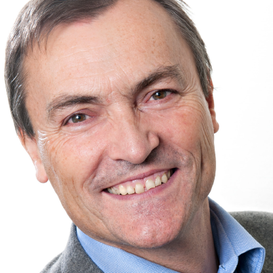
Editorial
By Philippe Letellier
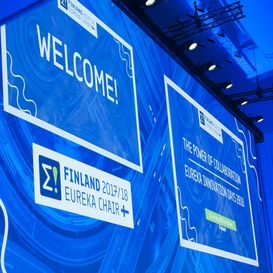
The power of collaboration gives Helsinki an extra shine
EUREKA Innovation Days & ITEA Event 2018

Country focus: the Netherlands
Economic momentum driven by innovation
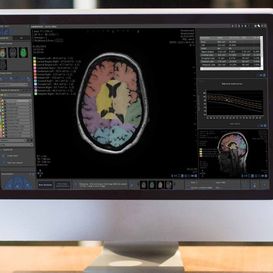
Country focus: the Netherlands - Quantib
The SME leading the way into the future of radiology
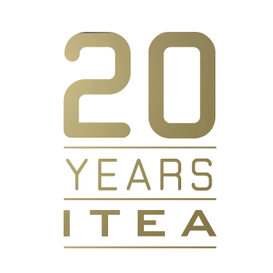
20 years of ITEA
The inside track on Smart Communities
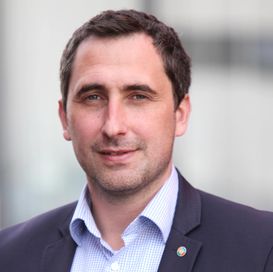
Community Talk with Martin Benedikt
… being part of a winning team
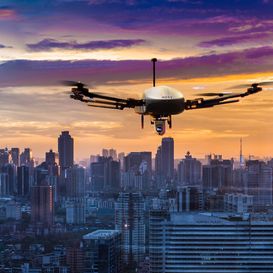
End user happiness HI-RISE
A new chapter for Unmanned Aircraft Vehicles
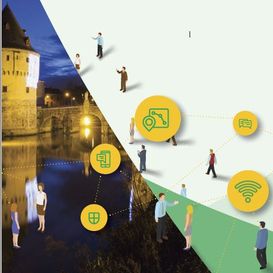
Smart Communities challenges: can you solve them?
Results of the ITEA customer workshop

BaaS Success Story
Blueprint for Building Automation and Management ecosystems

20 years of ITEA
How ITEA projects changed today’s society with their innovations

ITEA Project Outline Preparation Days 2018
Celebrate 20 years of impact in ITEA and become part of the ITEA future!
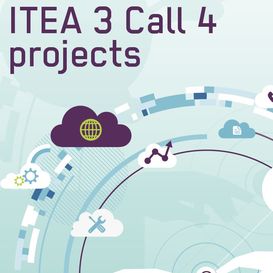
ITEA 3 Call 4 projects
ITEA’s 20th Call shows ITEA has found the recipe that nourishes the whole innovation community

